Advanced Wort Cooling Techniques
After the whirlpool, the wort must be brought down to fermentation temperatures (20–26°Celsius) before yeast is added. In modern breweries this is achieved through a plate heat exchanger. A plate heat exchanger has many ridged plates, which form two separate paths.
The wort is pumped into the heat exchanger, and goes through every other gap between the plates. The cooling medium, usually water, goes through the other gaps. The ridges in the plates ensure turbulent flow. A good heat exchanger can drop 95 °C wort to 20 °C while warming the cooling medium from about 10 °C to 80 °C.
The last few plates often use a cooling medium which can be cooled to below the freezing point, which allows a finer control over the wort-out temperature, and also enables cooling to around 10 °C. After cooling, oxygen is often dissolved into the wort to revitalize the yeast and aid its reproduction.
While boiling, it is useful to recover some of the energy used to boil the wort. On its way out of the brewery, the steam created during the boil is passed over a coil through which unheated water flows. By adjusting the rate of flow, the output temperature of the water can be controlled. This is also often done using a plate heat exchanger. The water is then stored for later use in the next mash, in equipment cleaning, or wherever necessary.
Another common method of energy recovery takes place during the wort cooling. When cold water is used to cool the wort in a heat exchanger, the water is significantly warmed. In an efficient brewery, cold water is passed through the heat exchanger at a rate set to maximize the water’s temperature upon exiting. This now-hot water is then stored in a hot water tank.
